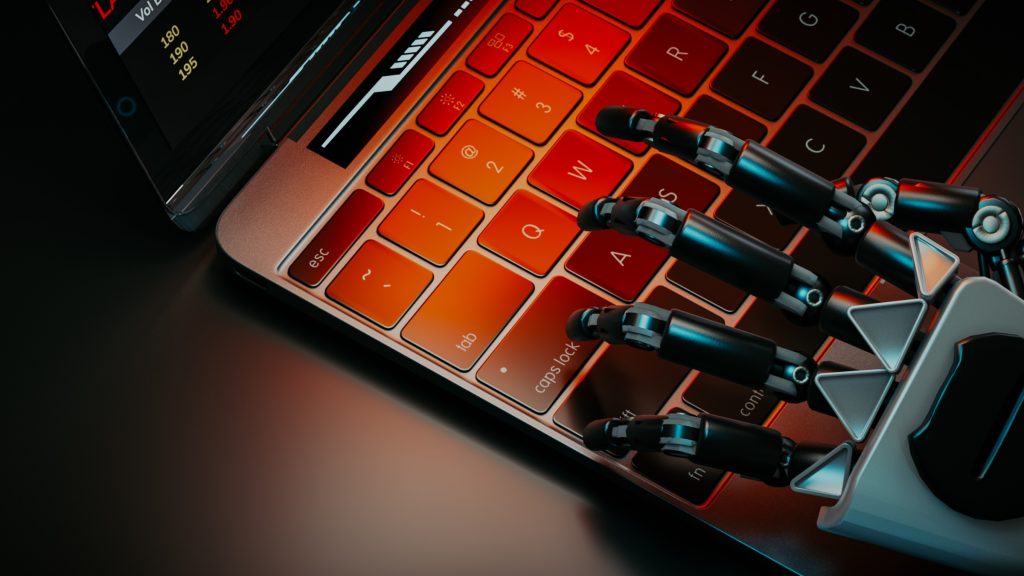
In February, in its 2025 State of Malware report, cybersecurity firm ThreatDown warned that autonomous AI attacks and a dramatic resurgence in sophisticated ransomware will upend global cyber defenses throughout the year. To those who ask, which of the following provides the most protection against malware for me? Experts say AI-based malware protection is the way to go.
The report “focuses on the most critical threats your organization will face in 2025,” urging teams to prepare for AI agents that can “plan, act, reason, and use tools.”
The cybersecurity landscape will no longer rely on a single tool, but a layered defense strategy with hardening endpoints with multi-factor authentication (MFA) and rapid patching. Adopting AI Endpoint Detection and Response (EDR) for 24/7 monitoring will establish protocols to automatically isolate infected systems.
Ransomware remains dominant— “2024 was the worst year ever when it comes to ransomware”—with a record $75 million payment to Dark Angels and fallout such as Change Healthcare’s breach exposing data on 190 million people. Attacks clustered between 1 a.m. and 5 a.m. and leaned on stealthy Living-Off-the-Land (LOTL) tactics that easily bypass malware protection layers in outdated systems.
What Provides the Most Protection Against Malware Attacks?
ThreatDown’s takeaway is blunt: “This will force the industry to rethink defense strategies.” Practically, that means layered controls and AI on defense, not just offense. In other words, most malware protection strategies are 100 percent effective only when consistently updated and integrated with human oversight.
Recommended priorities to answer which of the following provides the most protection against malware, include:
- Harden identity and endpoints Multi-Factor Authentication (MFA) everywhere; rapid patching; least-privilege; application allow-listing).
- Adopt Endpoint Detection and Response (EDR) and Extended Detection and Response (XDR) with behavioral and AI detections to spot Living-Off-the-Land (LOTL) and off-hours activity.
- Use managed endpoint detection and response tools for around-the-clock coverage.
- Establish malware defense protocols that automatically isolate infected hosts.
- Implement malware traffic analysis to understand attacker behavior in real time.
- Maintain anti malware service executable monitoring to detect suspicious processes early.
Independent lab results support keeping a modern, fully-up-to-date suite in place. In July–August 2025 testing, 13 consumer security products were evaluated under “realistic test scenarios… using all components and protection layers,” with cloud lookups enabled and versions kept current.
For home users and very small offices, well-maintained solutions remain effective when configured correctly. Norton, “trusted by 500 million-plus users,” notes multiple wins from AV-Comparatives, AV-TEST, PCMag, and Anti-Malware Testing Standards Organization (AMTSO)—useful as one component of advanced malware protection and among the best endpoint security solutions available today.
Readers can Compare Endpoint Security Solutions through independent lab benchmarks before deployment.
Are New Smartphones Protected Against Malware and Viruses?
Partly, but not entirely. Mobile OSes add sandboxing, secure boot, and store vetting, yet the report flags Android phishing apps as “the most dangerous threat.”
These come disguised as legitimate games or utilities; with “little to no malicious code, they are harder for Google Play to screen out” and excel at credential theft. On macOS, meanwhile, information stealers surged: Atomic Stealer (AMOS) evolved, and Poseidon “overtook it as the dominant stealer,” adding 70% more detections rather than replacing AMOS.
For smartphones, practical risk reduction includes installing only from trusted stores; disabling sideloading; scrutinizing permissions; enabling Play Protect/iOS Lockdown Mode where appropriate; keeping OS and apps updated; using phishing-resistant Multi-Factor Authentication (MFA); and, for businesses, deploying Mobile Device Management (MDM) with web filtering and account-takeover protections.
The antivirus next generation capabilities built into newer mobile systems are improving, but cybercriminals adapt quickly.
Users should also find malware in website uploads before downloading unknown content.
Bottom line: new phones are better defended by design, but not immune—especially against social-engineering-driven threats that AI may supercharge. But to answer Which of the following provides the most protection against malware is no longer an easy task. With AI, the security landscape will no longer rely on one software, or company. The future of security is all about intelligent AI strategies.
Inside Telecom provides you with an extensive list of content covering all aspects of the tech industry. Keep an eye on our Cybersecurity sections to stay informed and up-to-date with our daily articles.